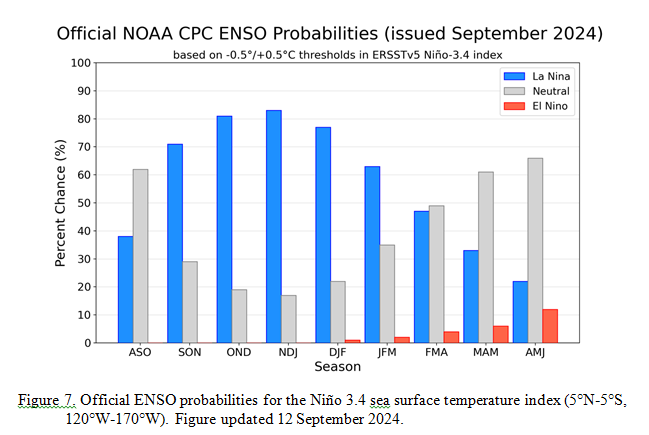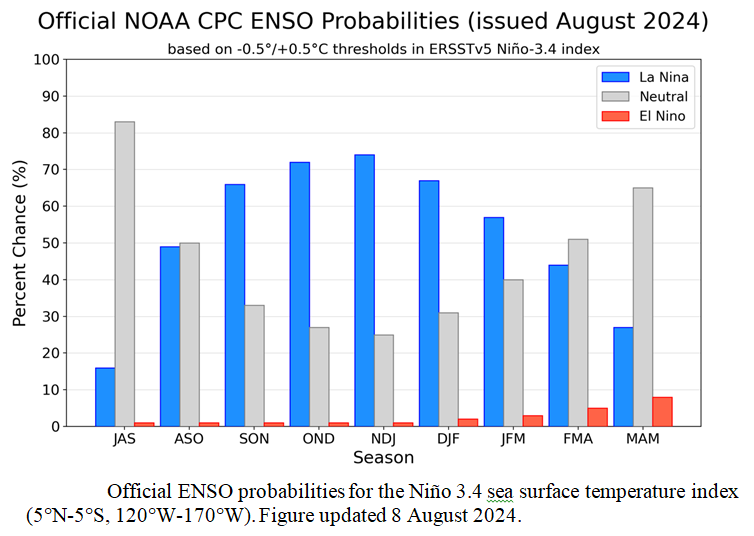Today Through the Fourth Friday (22 to 28 days) Weather Outlook for the U.S. and a Six-Day Forecast for the World: posted September 17, 2024
This article focuses on what we are paying attention to in the next 48 to 72 hours. The article also includes weather maps for longer-term U.S. outlooks and a six-day World weather outlook which can be very useful for travelers.
First the NWS Short Range Forecast. The afternoon NWS text update can be found here after about 4 p.m. New York time but it is unlikely to have changed very much from the morning update. The images in this article automatically update.
Short Range Forecast Discussion
NWS Weather Prediction Center College Park MD
Tue Sep 17 2024
Valid 12Z Tue Sep 17 2024 – 12Z Thu Sep 19 2024…A coastal low will bring a threat of flash flooding to the Mid-Atlantic
today……A strong low pressure system will bring unsettled weather to the
Rockies and Plains with severe thunderstorms in the northern and central
High Plains…A coastal low, previously labeled as Potential Tropical Cyclone Eight,
will continue to slowly move north across the Carolinas towards the
Mid-Atlantic over the next day or so. Moist, onshore flow will support
persistent showers and thunderstorms across portions of North Carolina and
the southern Mid-Atlantic today, and locally heavy rainfall could result
in isolated to scattered instances of flash flooding. Flood Watches are in
effect today for portions of southeastern Virginia and North Carolina.
Precipitation coverage and intensity should decrease on Wednesday,
resulting in a lower threat for flash flooding. Coastal flooding will also
be a concern with a prolonged period of onshore winds along the
Mid-Atlantic coast. By Thursday, this system will begin to shift offshore
into the Atlantic and high pressure will build behind it.Meanwhile, a strong low pressure system will move across the Intermountain
West this morning and is expected to emerge in the northern Plains,
strengthening in the lee of the Rockies later today. Strong, gusty winds
and widespread showers and thunderstorms are forecast with this system in
the vicinity of the low pressure center and along and ahead of the
trailing cold front. Some thunderstorms may become severe this afternoon
and evening in the northern and central High Plains, and the Storm
Prediction Center has highlighted this area with a Slight Risk of severe
thunderstorms (level 2/5) with an embedded Enhanced Risk (level 3/5) over
the central High Plains. Severe storm hazards will include damaging winds
and isolated large hail.The low pressure center of this system will be nearly stationary over
Montana through Wednesday as it’s forward motion is blocked by high
pressure to the east. This will likely result in heavy rainfall totals
that could cause scattered instances of flash flooding in portions of
Montana. The trailing cold front will slowly push east across the Plains
on Wednesday and Thursday, gradually losing steam, and the threat for
severe weather will decrease.Another low pressure system will move south along the West Coast Wednesday
and Thursday, which will bring another round of unsettled weather.
Precipitation will spread from the Northwest to the Great Basin and
Southwest by Thursday, mainly falling as rain, but some wintry
precipitation will be possible in the higher elevations.Initially, temperatures will be well below normal in the West and
Mid-Atlantic and well above normal in the Central U.S. and Northeast, but
temperature anomalies will gradually moderate as we move through the rest
of the week.






